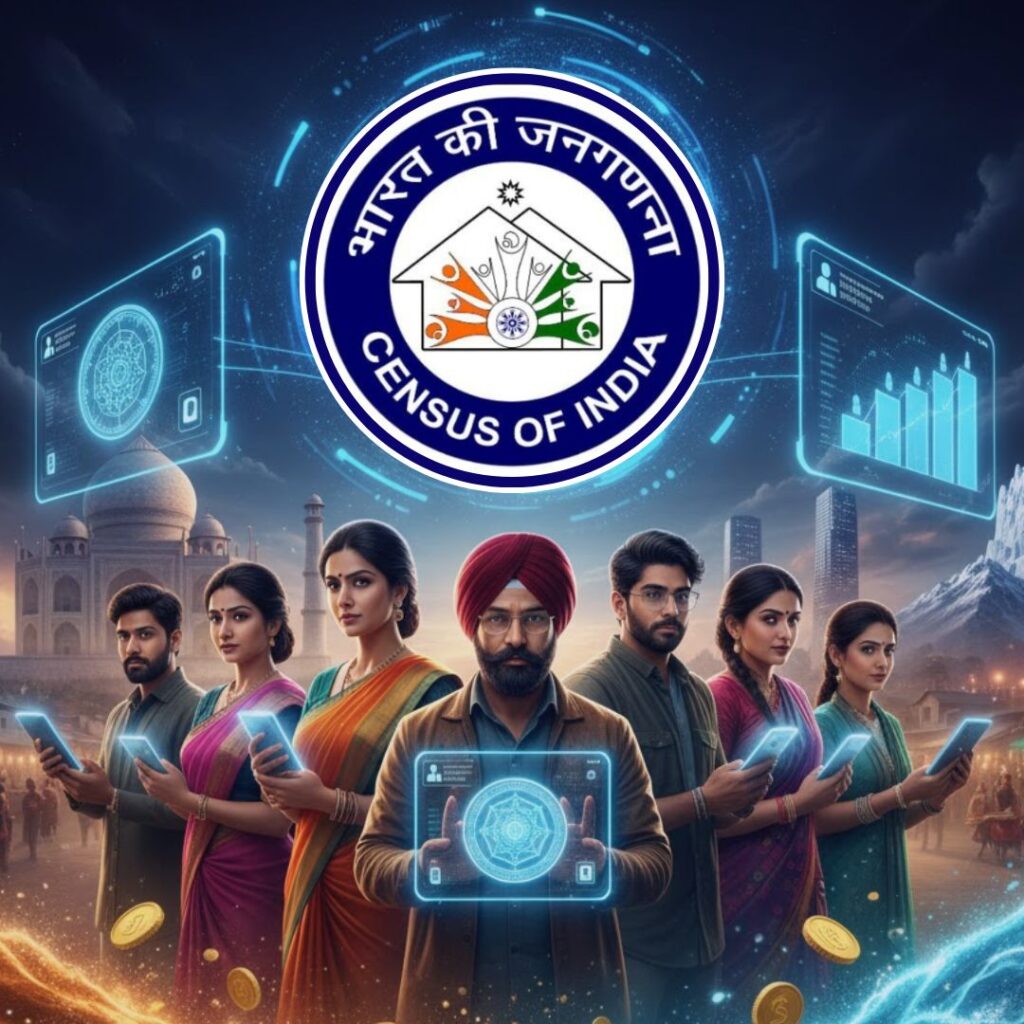The Gujarat Anti-Terrorism Squad (ATS) has arrested two individuals from Nadiad, including 18-year-old Jasim Shahnawaz Ansari and a minor, for allegedly orchestrating over 50 cyberattacks on Indian government websites during Operation Sindoor.
These attacks involved Distributed Denial-of-Service (DDoS) tactics aimed at disrupting critical government digital infrastructure. The accused operated a Telegram group named Anonsec, where they posted inflammatory anti-India messages and evidence of their cyber intrusions.
Authorities have seized their devices, registered cases under the Information Technology Act, and are investigating potential foreign links. The arrests highlight growing concerns about cyber terrorism and youth radicalisation in India.
Cyberattacks Amid National Security Operations
The ATS investigation revealed that Ansari and the minor launched a series of coordinated cyberattacks targeting government websites related to defence, finance, aviation, and urban development sectors. These attacks peaked on May 7, 2025, coinciding with the launch of Operation Sindoor — India’s military response to the Pahalgam terror attack in Jammu and Kashmir.
Using hacking tools like Termux and Pydroid, the accused executed Distributed Denial-of-Service (DDoS) attacks designed to overwhelm servers and render websites inaccessible. They monitored the success of their attacks through platforms such as checkhost.net and shared screenshots of downed websites in their Telegram group, Anonsec, accompanied by provocative messages like “Hi, India, we just took down your shield and servers” and “India may have started it, but we will be the ones to finish it.”
Deputy Inspector General Sunil Joshi confirmed that the ATS acted swiftly on intelligence inputs, forming a special team that tracked the suspects’ online activities, leading to their arrest and the seizure of mobile devices for forensic examination.
Radicalisation, Motivations, and Ongoing Investigations
Further probing by the ATS suggests that the accused were motivated primarily by ideological radicalisation rather than financial gain. The Telegram group Anonsec, along with several backup channels, was used to spread anti-national sentiments and coordinate cyberattacks aimed at disrupting India’s digital infrastructure.
Officials are also investigating possible connections between the suspects and foreign entities, particularly groups based in Pakistan, which may have influenced or supported their activities. The minor involved will be processed under the Juvenile Justice Act, ensuring legal protections appropriate for his age.
Meanwhile, the ATS continues to explore whether any sensitive government data was compromised or shared externally. These developments underscore the evolving nature of cyber threats and the challenges law enforcement faces in combating online radicalisation among youth.
The Logical Indian’s Perspective
This incident serves as a stark reminder of the urgent need to strengthen cybersecurity awareness and promote responsible digital citizenship, especially among young people who have easy access to powerful technology but may lack guidance. While it is imperative that law enforcement agencies act decisively against cyber terrorism, society must also address the root causes of radicalisation through empathy, education, and open dialogue.
Encouraging youth to harness their technical skills for constructive and peaceful purposes can help prevent such destructive behaviours. As a community committed to harmony and coexistence, how can we collectively foster a culture of digital responsibility and resilience? What steps can families, educators, and policymakers take to ensure that young minds contribute positively to India’s digital future?












